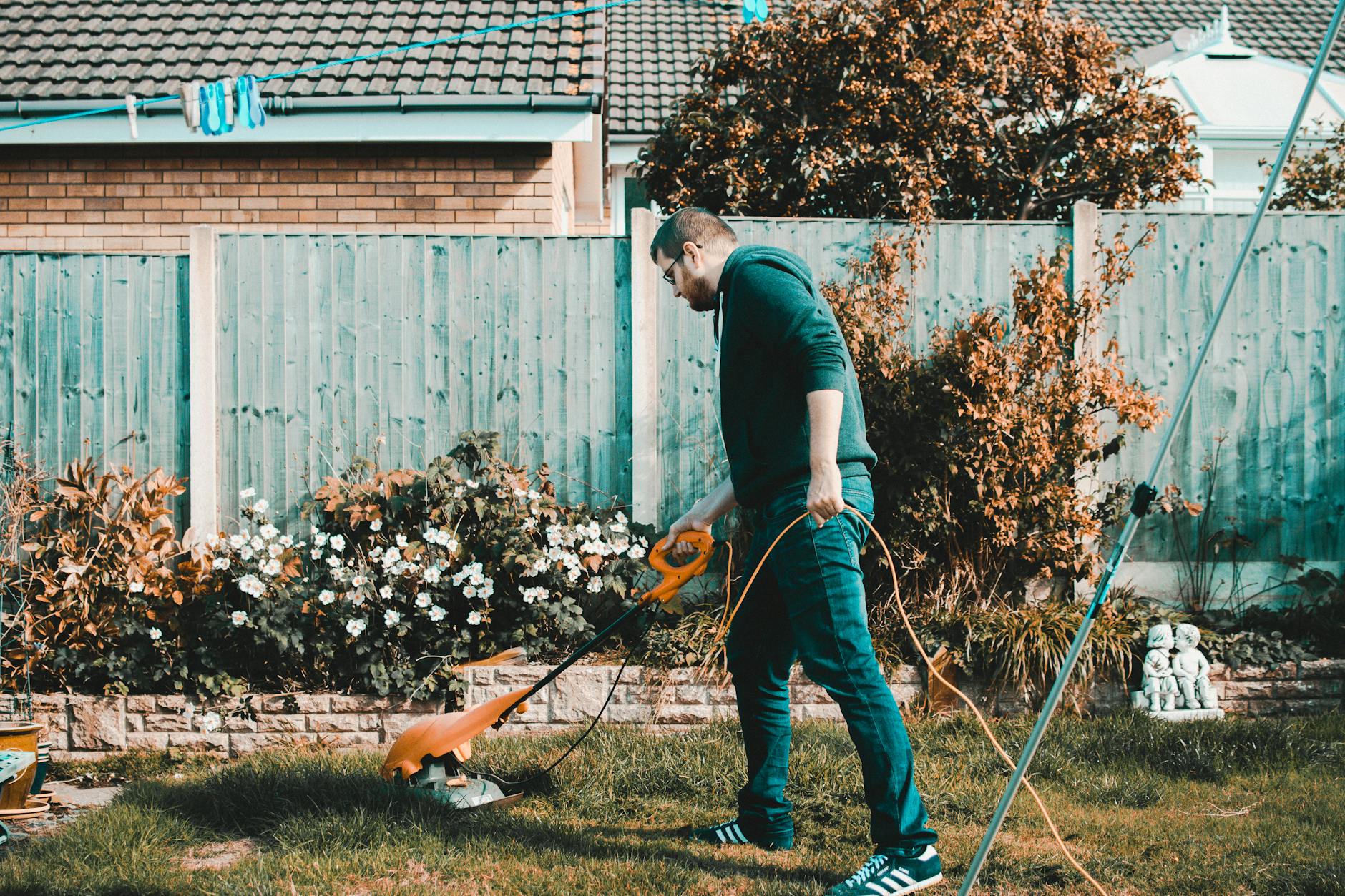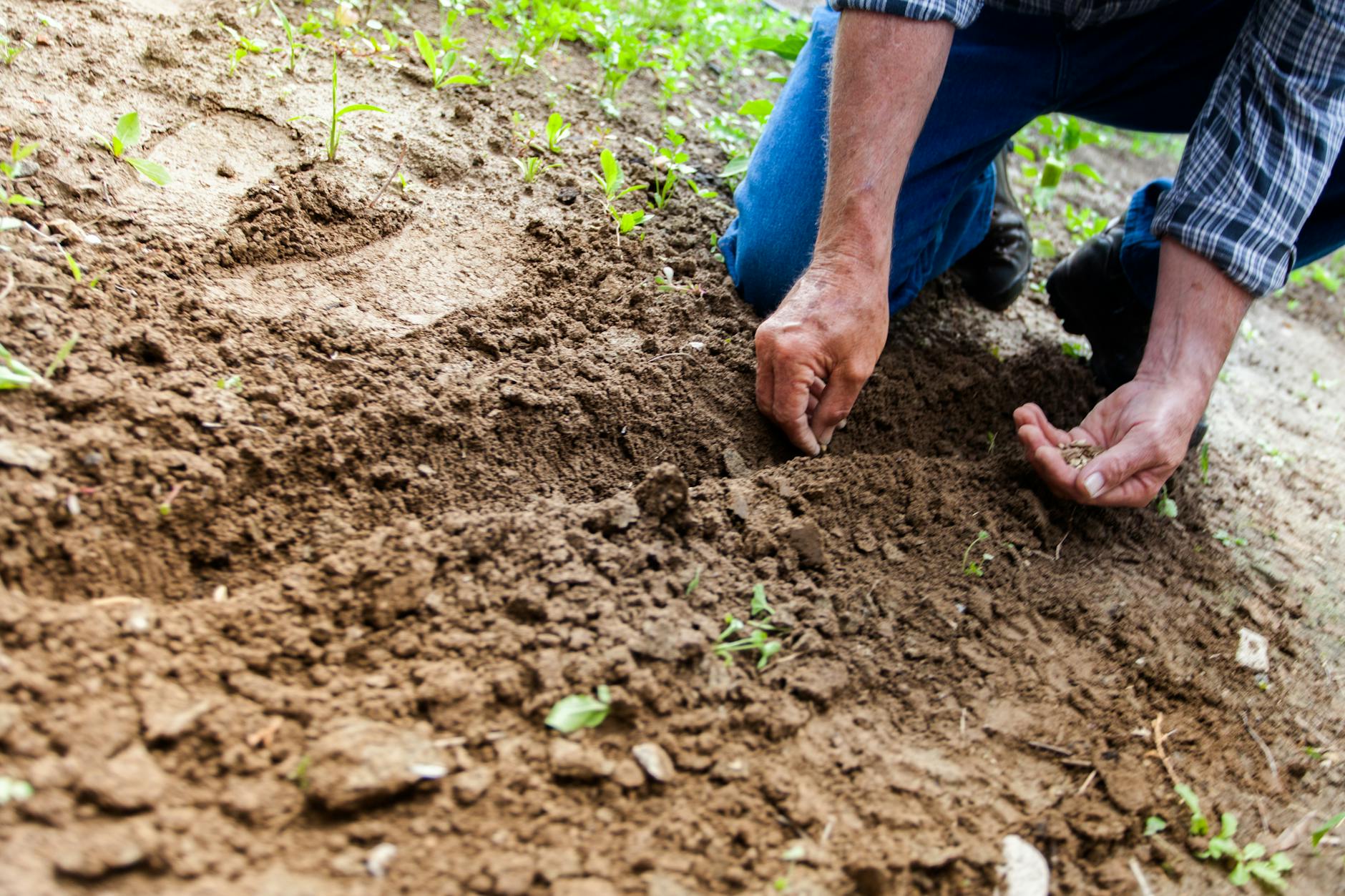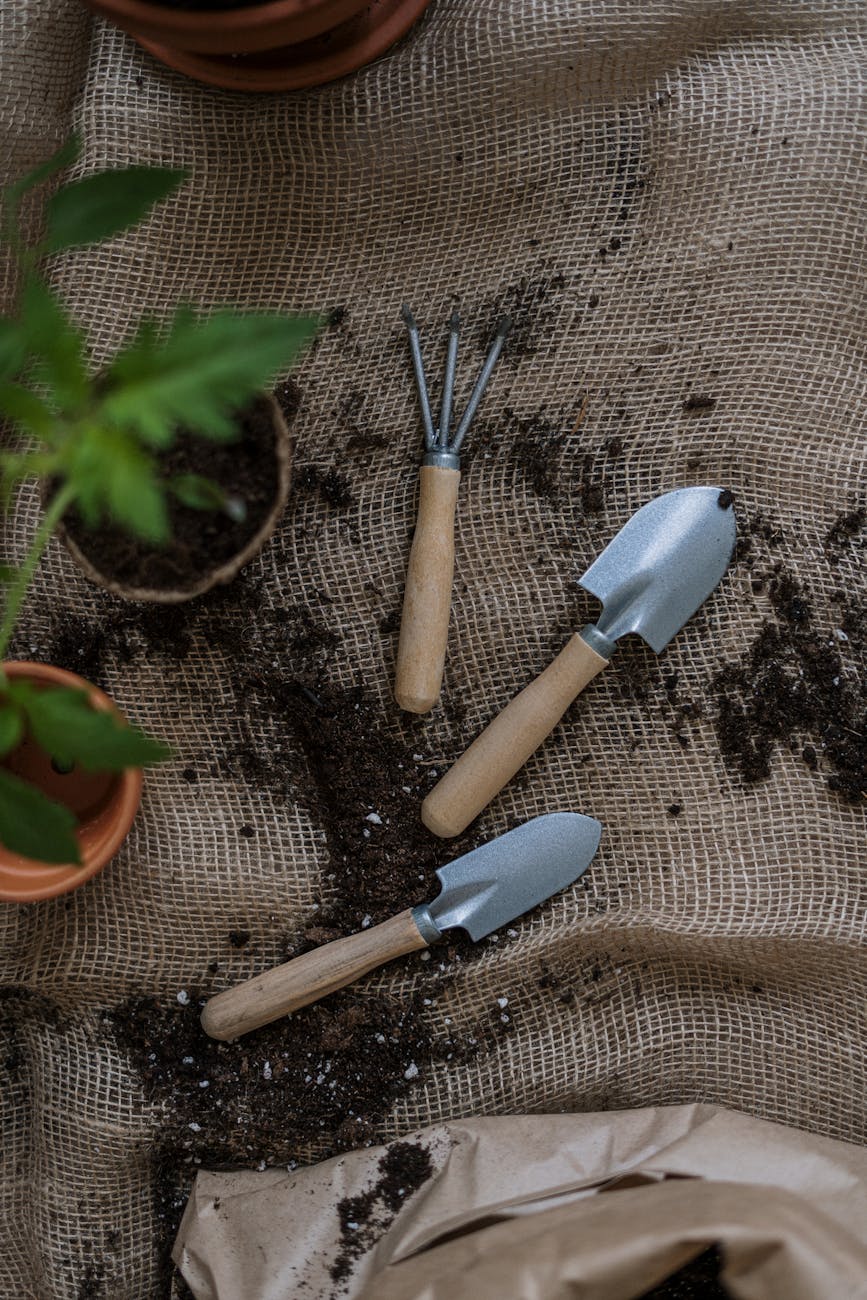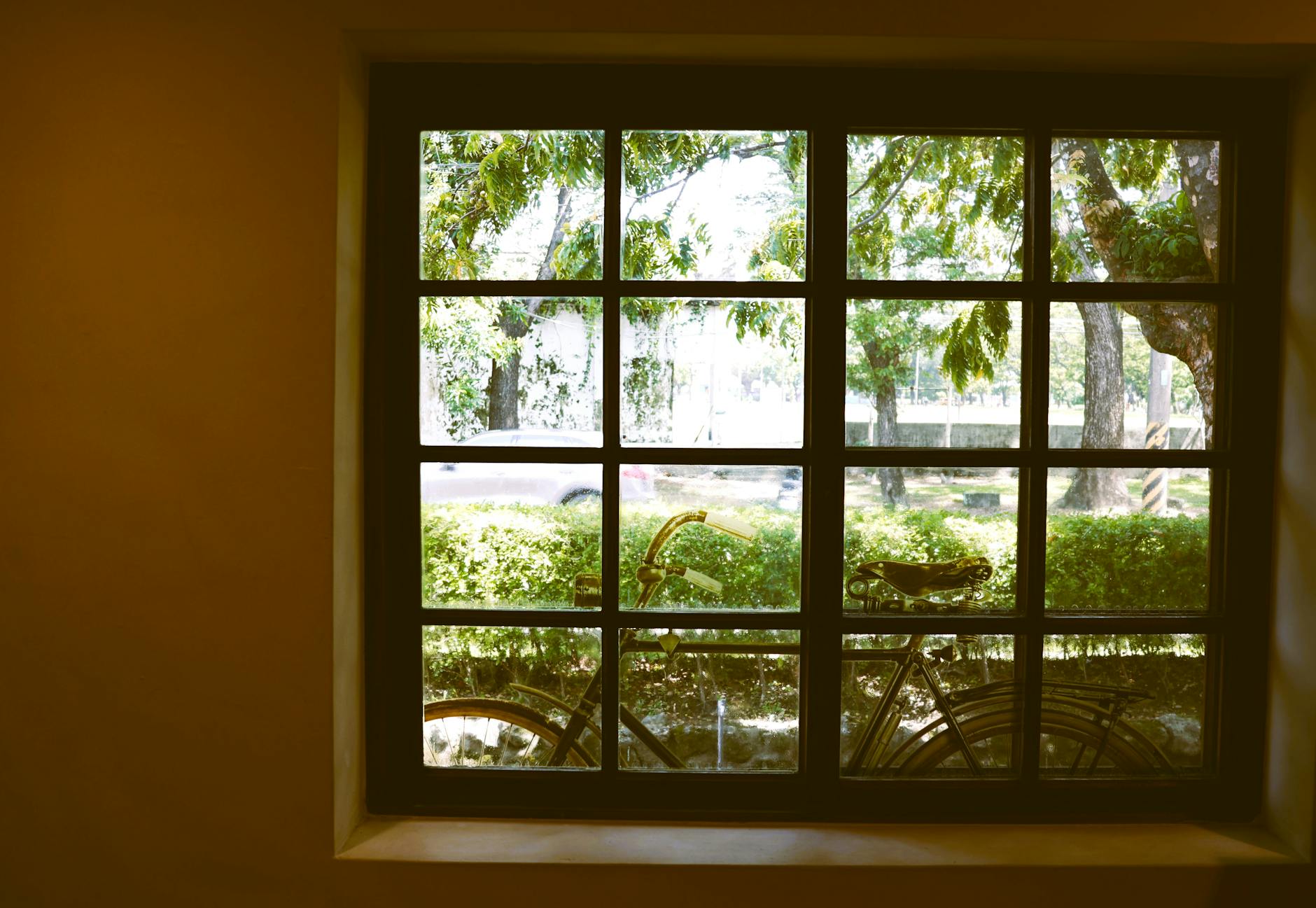
Reclaiming Your Garden: The First Steps Toward a Wildlife-Friendly Retreat
You’ve just picked up the keys to the fixer-upper that will be your home for the foreseeable future. The interior? A bit tired, but nothing you haven’t tackled before. The garden, though… that’s another story. Waist-high weeds, crumbling fences, and enough brambles to trap a small dragon, charming in theory, hazardous in reality. Whether the space has been neglected for months or years, reclaiming your garden can feel like both a mystery to unravel and a chance to create something truly special. It’s not just about clearing the chaos, it’s about inviting life back in.

What are you working with?
Before you dive in, it’s a good idea to explore as far as the vegetation will let you. Make note of what needs to be handled – any ivy that’s colonised the walls, trees that need taming, possibly the remnants of what once was a flowerbed. There may also be some hidden hazards – specifically look out for loose paving slabs, broken glass, rusted tools and lurking nettles. All of these could do some harm, so tread carefully – but on the upside there may be things there that could be kept in the new garden.
Tools, tips, and handy skips
Clearing a thickly overgrown garden is a big job, especially if you’re trying to do it alone. But it is entirely doable. You will need: protective gloves (thick, specified as garden gloves), sturdy footwear (ideally with steel toecaps) and a can-do attitude (you’ll need to supply that). Start with simple tools: loppers for thicker weeds, pruners, and maybe a strimmer for tall grass. Don’t be afraid of power tools – there are numerous small chainsaws that are lightweight and ideal for chopping through thicker branches and brambles as long as you’re attired in the proper safety gear.
What you do with the waste once removed is just as important. Green bins won’t hack it if you’re looking to remove old fencing and deep-rooted weeds. Reliable skip hire can make it easier to get stuck in, clear the space in a couple of sweeps, and then focus on the nice bit: rebuilding.

A bustling garden
Once the jungle has gone, you are left with a blank canvas, and this is your chance to create something beautiful. While the idea of a perfect lawn might come to mind, think twice. With UK summers getting hotter and drier, a manicured lawn can become a nightmare to maintain, especially if a hosepipe ban is implemented. A wilder garden is more forgiving – but more than that, it’s a lot more lively.
Layer the space with texture and interest – native shrubs for birds to shelter in, wildflower corners for bees and butterflies, maybe a log pile or small pond for frogs and hedgehogs. Raised beds and containers can hold herbs and salad greens, and gravel paths or bark mulch are accessible and low-maintenance. This is a garden that not only looks good – it does good, too.
A space that grows with you
The best thing about starting a garden from scratch is that you get to design it around you. Today, it’s a quiet retreat with some furniture and a cup of tea. In a year, it could have bug hotels, a veggie patch, and some space for the kids to dig (which, by the way, can be great for their health). You don’t need to do it according to someone else’s plan; it’s more joyful to create your own story.



